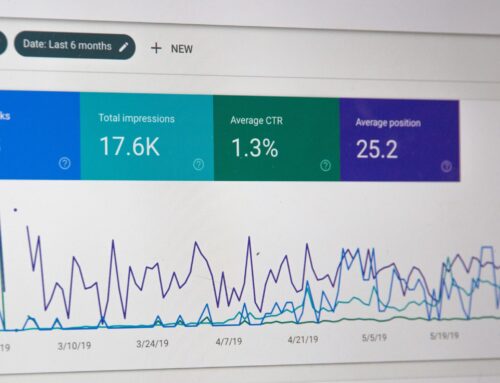
 Why Go Online
Why Go Online
When an outbreak becomes a pandemic, it’s almost inevitable that schools and offices begin to close. But it’s not hard to see how badly institutions could be hurt by this. Schools must figure out how to deal with potential tuition reimbursement, calendar changes, graduation delays, and many other issues. And offices still need to make their money somehow. This is where online strategies come in. In our modern age, being stuck at home shouldn’t result in the world standing still. Online platforms provide a way to lessen the harm caused by an outbreak.
How to Keep Your Company Running
When it comes to dealing with emergencies, it’s always better to be proactive, rather than reactive. Governments need to have plans in place, but so do our everyday institutions. The time when disaster strikes and buildings close is not when you should start designing your online platforms. You wouldn’t wait for a hurricane to hit before you got insured, so don’t wait for a pandemic to hit before you get prepared. Companies (that have the resources) should be able to go remote at a moment’s notice.
Even in the best of cases, these transitions will still be uncomfortable. No one wants their world to be flipped upside down, but we need to be ready for it. There’s no question that companies who already work remote – whether fully or mixed-mode – will have the easiest transition. But you don’t have to flounder just because your workspace is still traditional. Have contingency plans and let your employees know about them. The worst-case scenario would be one where your office is forced to close, and your workers are left in their homes with no structure to work with.
The best way to manage this is to have an office-wide messaging system already in place. This system should allow your employees to message, call, and video chat with one another from their homes. Your employees also need to know what, if anything will change from their normal workflow. Who do they contact? What are their tasks? Where can they access files? If certain files need to have limited access, make sure that they’re never limited to just one person. Being remote (and in the middle of a crisis) makes it possible for the team to lose contact with this person for a given amount of time. If you want collaborative work, then use programs like Word or Google Docs. So much is out of our control during a crisis, but there is still so much we can manage. Make sure that you have every possible aspect of a typical workday covered.
If you’re wondering how you can still keep up sales and customer relations, Chinese cosmetics company Lin Qingxuan gives a great example. Forced to close all of its Wuhan stores in the peak of an epidemic, it moved a large number of its sales force online. They used platforms like WeChat to interact with customers and continue the work they had always been doing. The result was a 200% sales increase from the year before. While most companies probably won’t see such growth during a pandemic, this shows how crucial fast action is. So, don’t enter a crisis thinking that your company is guaranteed to have losses. The right crisis strategy can end up providing a glimmer of light in an otherwise dark tunnel.
 How to Move the Classroom Online
How to Move the Classroom Online
Schools need to be just as proactive. Trying to adjust calendars to deal with an emergency is an unenviable task but managing academic coursework shouldn’t make that task harder. Many institutions are not ready to act if they were forced to go online today. There are teachers who don’t know how they would adjust their coursework to fit an online template. And there are students who have never needed to take an online course before. Without any frameworks put in place, academic life could be disastrous.
Teachers and administrators should know what they would do in the case of a pandemic, just like they know what they would do in the case of a fire. Schools can close for entire semesters. If an institution isn’t prepared, then that’s a lot of quality learning time being wasted on figuring things out. What you don’t want, is to put this problem-solving burden entirely on your teachers. The school should have a Learning Management System (LMS) that teachers know, where they can continue their curriculum. And courses should have specific templates on how to transition the material online. This is so important because some courses are harder to move online than others. These templates can be collaboratively designed by those who teach in the field, in order to make an online program that everyone is comfortable using. A last-minute boot camp on how to move a civil engineering course online is not what anyone needs.
What to Take Away
Nobody wants a pandemic. These diseases are the biggest existential threat to humanity – many lives are lost as they spread sickness and fear around the globe. Economies are hurt and everyday life is thrown into a frenzy. But, we’re not helpless in these times. While researchers and scientists work to find cures and prevent diseases from spreading, we can work to ease the burden on our schools and offices. Having online strategies in place provides benefits on a normal day, and even more so during a crisis. There’s so much we have to worry about in the case of a pandemic; let’s make sure that keeping our schools and businesses running isn’t one of them.

 Why Go Online
Why Go Online How to Move the Classroom Online
How to Move the Classroom Online


